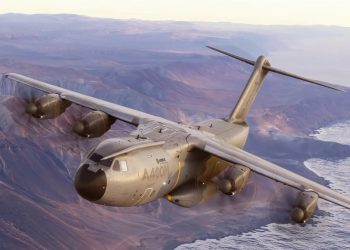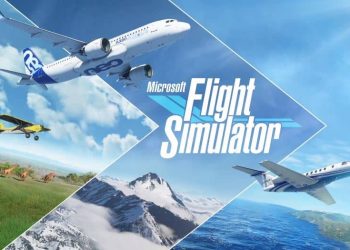The line between hobbyist simulation and professional pilot training just got blurrier. Boeing announced a Virtual Airplane Procedures Trainer at the European Aviation Training Summit in Portugal on November 6, 2025, which Microsoft Flight Simulator and Microsoft Azure power.
The trainer is designed to help new pilots get up to speed with cockpit procedures and aircraft systems before they step into full-motion simulators or real cockpits. Boeing says the program will reduce simulator familiarization time and provide lesson plans and virtual exercises that training teams can tailor to their needs. This is not a replacement for physical full-motion simulators, nor is it simply the boxed consumer game dropped into a classroom… it is a virtual training product that builds on Flight Simulator technology.
There is a short overview video and a program page on Boeing’s site that walks through the lesson structure and how the trainer ties into existing learning regimens. The trainer is delivered as part of a broader set of tools Boeing showcased for flight schools and airlines.
For players who have spent hours gawking at the photoreal scenery and fiddling with avionics in Microsoft Flight Simulator, the move feels a little surreal. The sim’s attention to real-world procedures and atmospheric detail makes it a reasonable foundation for procedural training, but Boeing is careful to position the product as a supplement – something that prepares students for higher-end hardware rather than replacing it.
Whether you find the idea thrilling or mildly disconcerting, this is another sign that consumer-level simulation tech is crossing into professional workflows. Expect more announcements like this as studios and aerospace firms look for cost-effective ways to expand training capacity.
Share thoughts in the comments and follow us on X, Bluesky, and YouTube to stay updated.
Microsoft Flight Simulator 2024
Developed by Asobo Studio



























